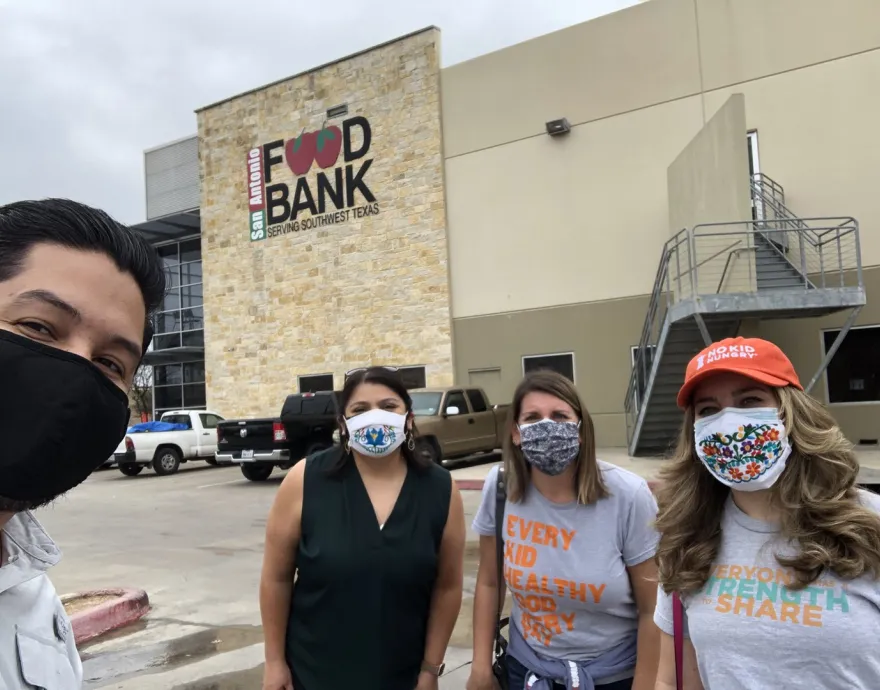Our goal is to ensure that every child gets the food they need to grow up healthy, happy and strong.
To do that successfully, we have to understand the strengths and the needs of the communities we serve. We must also understand the root causes of hunger for children - some families face more challenges than others, especially Black and Latino families.

Helping Feed Kids in Communities of Color
The No Kid Hungry campaign works with local leaders, schools and nonprofits in communities of color across the country to help support their efforts to feed children.
Grants
A major way we help communities is through grants. Schools and community groups let us know what they need to feed kids - from refrigerators to delivery vehicles - and we help get them the funds to pay for the resources they need.
Since July of 2020, 71% of our grant funding has gone to organizations working primarily in communities of color. Take a closer look at where our grant funding goes.
Outreach
We work to make sure families know about places they can get help, such as our Free Meals Finder map and summer meals texting service. These services are free, and we promote them directly to underserved communities.
Even more critically, we work to help immigrant families access benefits programs for which their children qualify. Misinformation, fear of immigration consequences and other barriers have stood in the way of programs like SNAP and WIC reaching eligible children in immigrant families, contributing to a spike in hunger among families of color.
An important part of outreach is working with trusted partners and media outlets that serve immigrant and other Spanish-speaking communities, like UnidosUS, the Immigration Law Center, Education Leaders of Color, Univision and Telemundo.
Root Causes of Hunger
Increasingly, Share Our Strength - the organization behind the No Kid Hungry campaign - is committed to addressing poverty and injustice as the root causes of childhood hunger.
We continue to advocate for the Child Tax Credit, which lowered childhood poverty in the United States by an astonishing 30%. We have invested over $2 million to support organizations serving communities of color in their efforts to increase tax credits for low-income families.
Share Our Strength also hosts a regular series on food justice, bringing experts together for free, public conversations on the ways that food is deeply intertwined with racial and economic justice.

Our Staff & Leadership
No Kid Hungry is designed to support communities in their work to feed children - not to dictate how they should do it. We provide grant funding for local programs to spend on things they need, we advocate for policies that local leaders tell us will make a difference and we work to learn about - and share - successful meals programs from all over.
Part of that commitment is making sure our team is part of the communities we serve.
Race & ethnicity
Leadership of Share Our Strength - the organization that runs the No Kid Hungry campaign - is 6% Asian American, 25% Black and 69% white, while our staff as a whole is 4% Asian American, 17% Black, 9% Latino and 64% white.
In addition to staff and leadership, our board of directors helps guide the organization and ensure that we’re fulfilling our mission. Our board is 17% Asian American, 25% Black, 8% Latino and 50% white.
Geography
Our headquarters are in Washington DC, as federal programs and legislation are critical to our work, and many of our staff are based there. But we also have teams in California, Texas, Florida, New York and staff in communities across the country.
Hiring & training
Over the last year, half of all new employees have been people of color, along with an increase in staff over age 40. In addition to staff identity groups to ensure the organization is responsive to the perspectives of different cultures and communities, we make sure all managers are trained in how to avoid bias.